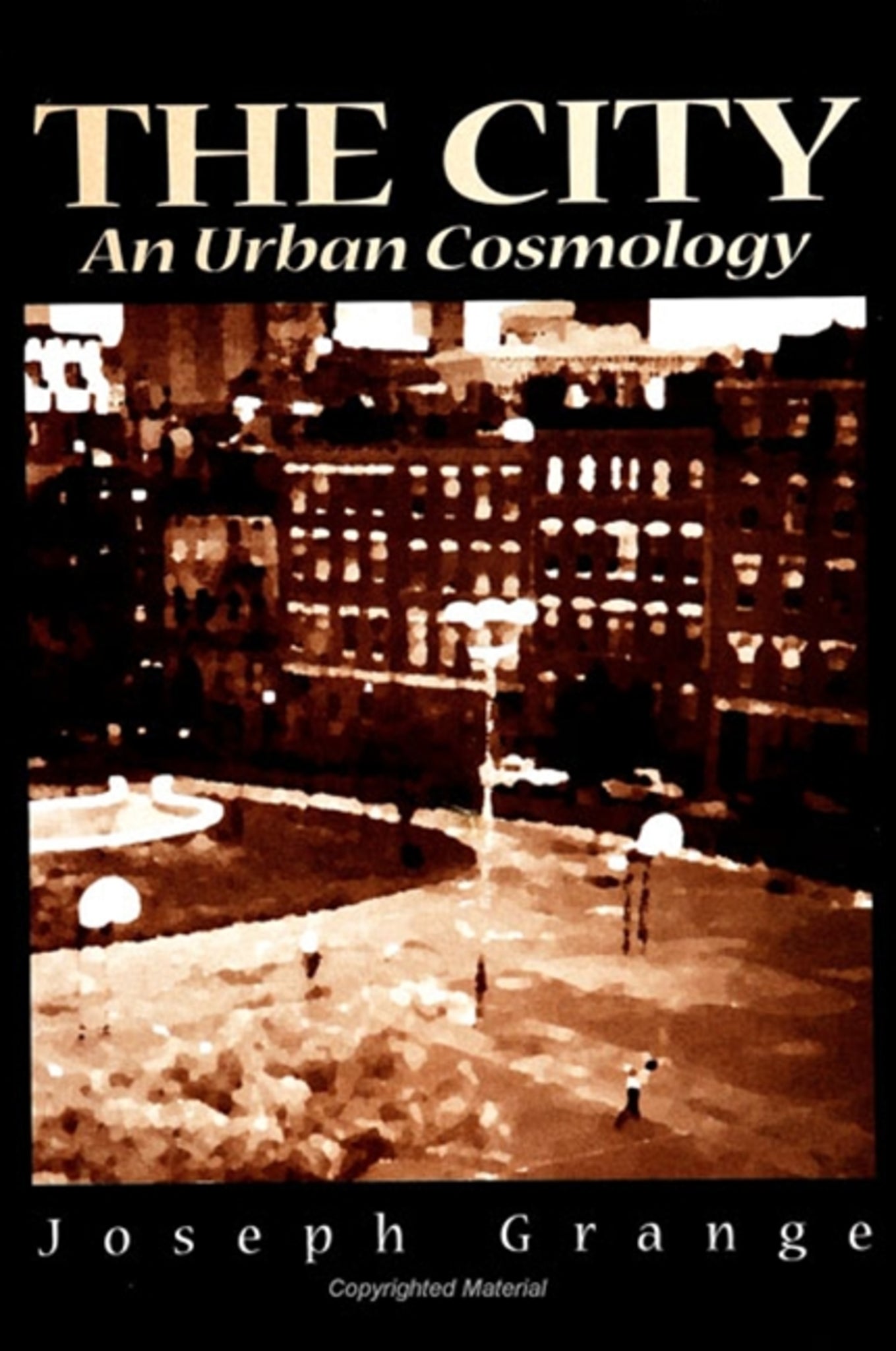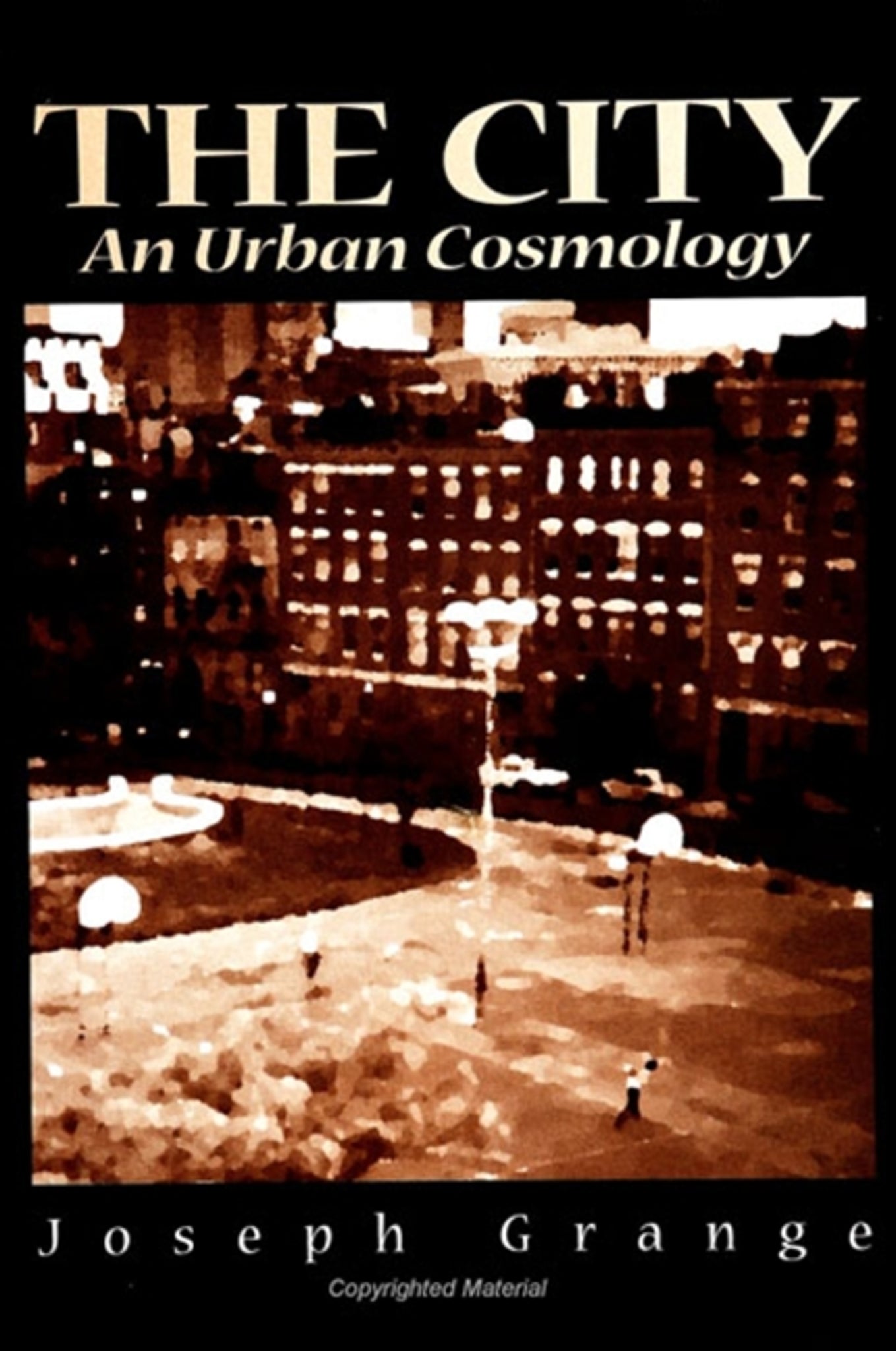We're sorry. An error has occurred
Please cancel or retry.
The City

Some error occured while loading the Quick View. Please close the Quick View and try reloading the page.
Couldn't load pickup availability
- Format:
-
10 June 1999

An environmental philosophy of the contemporary city, this book develops a theory of good urban growth involving both the physical and cultural dimensions of city life.
Continuing the argument of Grange's highly acclaimed Nature, this book develops a theory of good urban growth and development that involves both the physical and the cultural dimensions of city life. The City offers a "Cityscape" that illuminates the central importance of place in urban experience, and it also constructs a radically new "Urban Semiotics" that opens up novel ways to measure the effects media have on human experience. In applying the thought of Peirce, Mead, Dewey, and Whitehead to the contemporary city, Grange reasserts American philosophy's classical purpose-to make a real difference in the concrete lives of human beings.


"This brilliant sequel to Nature establishes Grange as one of the leading systematic philosophers of our time. Extending categories introduced generally in that book to interpret the natural world, which of course includes the urban, Grange here makes the categories specific to the city with imaginative and insightful interpretations of urban space, time, place, value, meaning, intelligence, community, justice, and even the place of the philosopher in the city (and the city in the philosopher—remember Plato's Phaedrus). Perhaps the most brilliant structural argument here is Grange's use of Peirce's categories of Firstness, Secondness, and Thirdness to analyze quality, collision, and continuity in the city.
"What sets this book apart from most philosophical ruminations on the city is the wealth of detail that comes from disciplines beyond the margins of philosophy, from poets to city planners, who present the phenomenology of the city in terms different from Grange's theory. The result, and this book's greatest and most extraordinary strength, is a rich interweaving of philosophy's special analytical resources with senses of the city as others understand it. This is imaginative, socially relevant, aesthetically delightful philosophy at its best, and readers of this book will think about the city with new appreciation and understanding." — Robert Cummings Neville, Boston University
Preface
Introduction: Cosmology and Urban Culture
Process and Urban Values
The Categoreal Scheme
Urban Semiotics
Normative Consciousness
Plan of This Study
Abbreviations
Part One Cityscape
Chapter One: Urban Space
The Inscape of Urban Space
The Patterns of Urban Space
The Symbolic Perception of Urban Space
The Felt Transmission of Urban Spatial Values
Chapter Two: Urban Time
The Inscape of City Time
The Patterns of City Time
The Symbolic Perception of Urban Time
The Value of City Time
Chapter Three: Urban Place
The Doctrine of Normative Measure
Space and Time All-at-Once
A Beautiful Place Is Always One and True
A Still Place
Chapter Four: Urban Goodness
Kevin Lynch and Normative Measure
Three Normative Measures
Alexander's New Theory of Urban Design
The Goodness of the City
Part Two Urban Semiotics
Chapter Five: Mood, Order, and Sign
Survival
Habit
Growth
Felt Intelligence
Chapter Six: The Sign of One/Qualitative Value
The Importance of One
The Iconography of the City
The Street
Original Feelings of Freshness
Chapter Seven: The Sign of Two/Collision
Secondness
The Urban Index
Empire Skyline
The Collisions of the Actual
Chapter Eight: The Sign of Three/Continuity
Involvement
The Urban Symbol
The Neighborhood
Inclusion
Part Three Urban Praxis
Chapter Nine: Intelligence-in-Action
Symbolism
Communication
Meaning
Intelligence-in-Action
Chapter Ten: Community
Something in between
Making Connections
Sharing Symbols
Community Is Democracy
Chapter Eleven: City Justice
Market Place or City Place?
The Theology of the Invisible Hand
Self-Rule
City Justice Is Democratic Community
Chapter Twelve: The Philosopher and the City
A Fair and Fitting City
One Thought/Many Feelings/Three Signs
The Philosopher as Master of Heartfelt Contrast
American Philosophy at Work
Notes
Bibliography
Index



